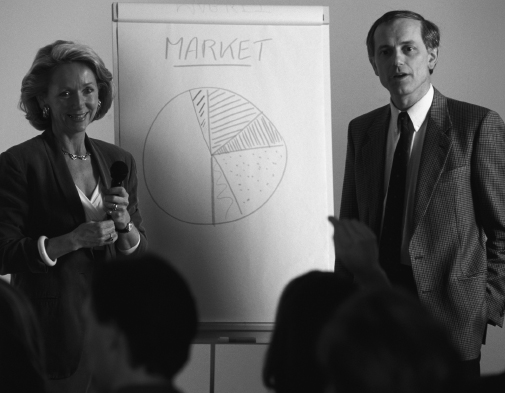Targeting the Right Customers

Not all customers are good customers; in fact, some customers are completely wrong for your company. In many companies, no more than 20 percent of customers generate 80 percent or more of the profit. Successful companies know exactly who their ideal customers are, and they focus their energy on creating products to please them, and only them.
Many customers are what you might call mercenaries. They’re the kinds who, for example, change telephone services several times a year, lured by the cheapest rates and the biggest incentives. When the introductory offer runs out, so do they, long before they can ever be profitable.
A successful organization must concentrate on satisfying a targeted group of customers who place the highest value on the goods or services it offers. The company that does not make additional efforts to please these customers can stumble badly. Busy chasing the wrong customers, the company strays from what it does best, is more likely to encounter failure, and, in the process, alienates its most profitable customers.
Finding your target customers
Simply stated, your company’s targeted customers should be those who will be loyal over time. Successful organizations determine who their target customers are and then do everything in their power to please and retain them. A well-defined target customer is a beacon for an organization to follow. Sometimes, an organization can determine its target customers by looking at the other side of the coin—in other words, by asking who it should not try to please. After all, no company can please everybody, and some customers are simply not worth having.
It takes months, even years to find a customer . . .
and only seconds to lose one.
—Customer 101
For example, a successful U.S. insurance company was formed to serve a very specific target market: better-than-average drivers. Working in agricultural states, the company’s agents were members of the community, constantly in touch with their customers, learning about what they needed and wanted. The company designed its marketing efforts to attract members of the target market and to keep loyal target customers happy. For instance, to reward customers’ good driving practices, the firm gave discounts to good drivers at the end of three accident-free years.
Matching your target customers’ expectations
Great companies remember that even target customers are moving targets; their expectations shift and evolve over time. Thus, service quality is not absolute, because it is determined by the customer, not by the service provider. And it varies from customer to customer. Consequently, excellent service-quality firms are those that can adapt their products and services to meet and exceed changing customer expectations.
To illustrate, an automobile manufacturer with an extremely high loyalty rate noticed that it was losing customers. Managers contacted the defecting customers and asked why they were leaving. As it turned out, the customers were happy with the quality of the cars, but they were starting families and wanted bigger cars. Their expectations had changed. When the manufacturer responded by designing bigger cars, customer loyalty and sales improved.
